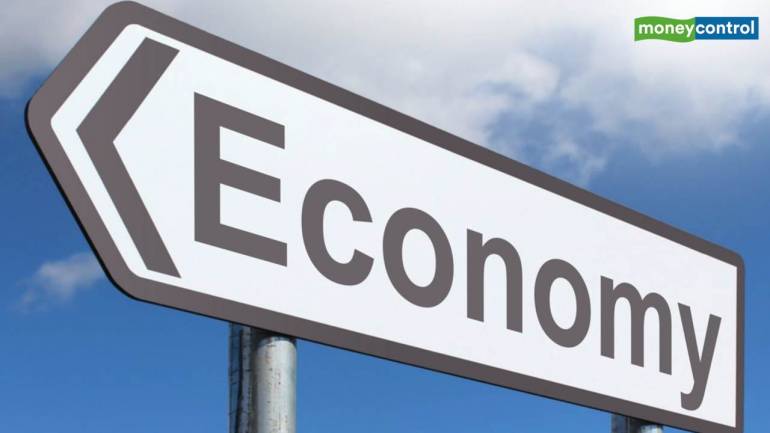"There's no way to deny a slowdown anymore. Tax collection targets are also unrealistic. In such a situation, the government may relax its fiscal deficit target to generate growth," the official said.
With the economy grappling with a slowdown, Budget 2019-20 may relax the fiscal deficit target as the government wants to spur growth, a senior government official told Moneycontrol.
"There's no way to deny a slowdown anymore. Tax collection targets are also unrealistic. In such a situation, the government may relax its fiscal deficit target to generate growth," the official said.
The Modi government has been able to trim the fiscal deficit to 3.4 percent of GDP from 4.5 percent in 2013/14.
The circumstances now are different and the focus therefore will be on making good of the election promises.
"If you want to adhere to the fiscal consolidation path, there will be no option to loosen your purse strings. But with tax collection targets not going as desired, rural consumption being hit, industrial activities feeling the heat, to revive the economy, spending needs impetus," the official said.
This would mean that the fiscal deficit target will have to be revised upwards from an already upwardly revised target of 3.4 percent of GDP, set in February’s interim budget. The original target set in the February 2018 budget was 3.3 percent of GDP.
"No number has been fixed yet. That will be decided only after consultations with the Prime Minister's Office, which are already underway," the official said.
On June 22, Prime Minister Narendra Modi discussed key issues facing economy and suggestion to meet challenges with top 40 economists of the country.
India's GDP grew 5.8 percent in January-March, the official data released on May 31 showed, confirming fears of a slowdown. The growth in GDP was the slowest since 2014-15. Further opening of banking and insurance sectors for foreign direct investment, speeding up disinvestment process and management of water resources were among the focus areas of the interaction with economists and industry experts.
The manufacturing sector grew 3.1 percent in January-March 2019 from 9.5 percent in the same quarter last year. For the whole year, the manufacturing sector stood at 6.9 percent in 2018-19 from 5.9 percent in 2017-18.
Factory output, measured by the index of industrial production (IIP), contracted in March 2019, the first time in 21 months. This shows a decline in momentum of both investment and consumption. Even production of steel, electricity, coal and cement are falling or have been stagnant in recent quarters.
Signs of an economic slowdown have been visible since last year, with GDP growing 6.6 percent in October-December 2018. The national income data have reinforced deceleration signs that were emanating from a slew of shop-end data, such as car and consumer goods sales, often seen as proxy indicators to gauge trends in household spending.Subscribe to Moneycontrol Pro and gain access to curated markets data, exclusive trading recommendations, independent equity analysis, actionable investment ideas, nuanced takes on macro, corporate and policy actions, practical insights from market gurus and much more.

















